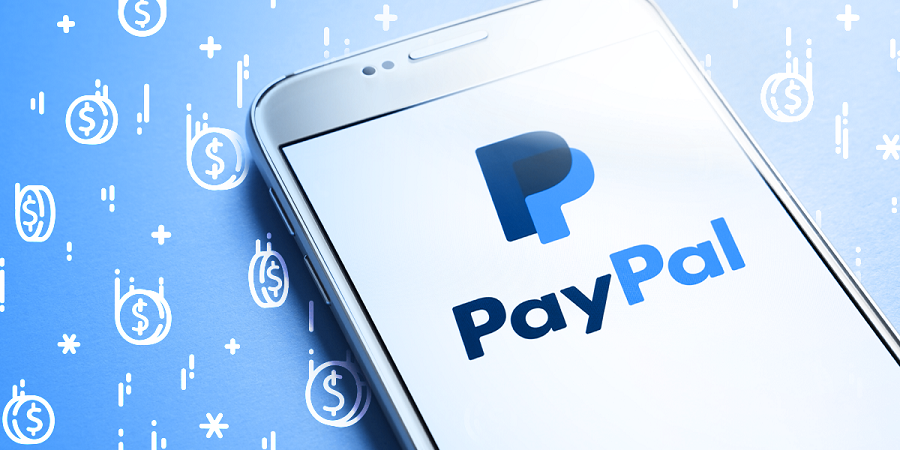PayPal is believed by many to be the best and most secure way to make a transaction on the internet. This is especially true when the transactions are made to other parts of the world for the buying or selling of products or services.
Policies to protect
PayPal has a few policies that are used to protect both the buyers and sellers from any fraud. This is important if you are dealing with a business or client that is located in another country from where you are.
Chargeback
One of the policies that PayPal has is the chargeback which protects the interest of buyers. For example, the buyers PayPal account is used for a payment that is not authorized or other disputes such as a damaged or incorrect item is received. PayPal will basically freeze this transaction if the buyer has filed a “chargeback”. If this involves a small amount of money it might not hurt your business but if it involves a transaction of hundreds or thousands of dollars – it needs to be handled as quickly as possible. It is easier to fight a PayPal chargeback when you know exactly what to do.
Fighting a chargeback
Here are the steps to fight PayPal chargeback. These steps include:
- Contact the buyer – often a valid problem can be resolved with this step;
- Is the product covered by Seller Protection program – if so, provide documentation to PayPal;
- Proof of tracking online – seller’s merchant dashboard has details of tracking;
- Proof of shipment or delivery – it is the seller’s responsibility to keep proof of shipping and/or delivery;
- Respond to chargeback notice quickly within 10 days – using PayPal Resolution center;
- Email PayPal with all documentation – documentation is the merchant or seller’s way of proving an invalid chargeback;
- Keep checking the status – the buyer might keep asking for further information.
Proof lies with sellers
In general, most chargebacks can be resolved if you follow all of these steps. It is important when doing business on the internet, to document everything concerning any transactions. It is easy on PayPal for a buyer to claim a chargeback that is fraudulent and it is up to the seller to prove it is fraud or to resolve the problem if it is valid.





